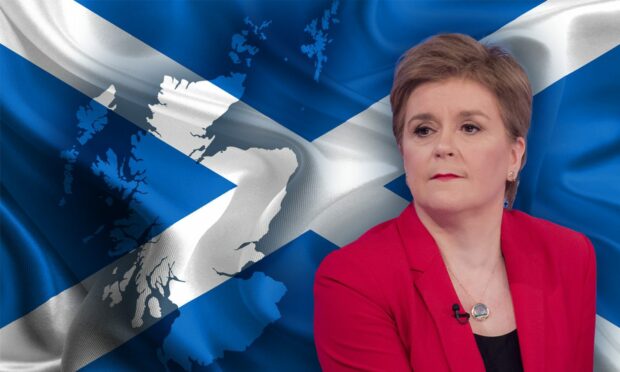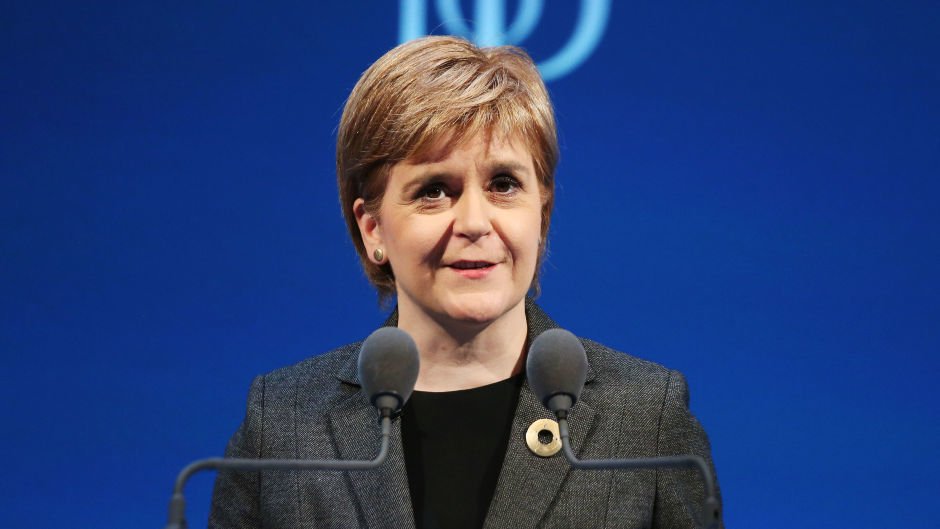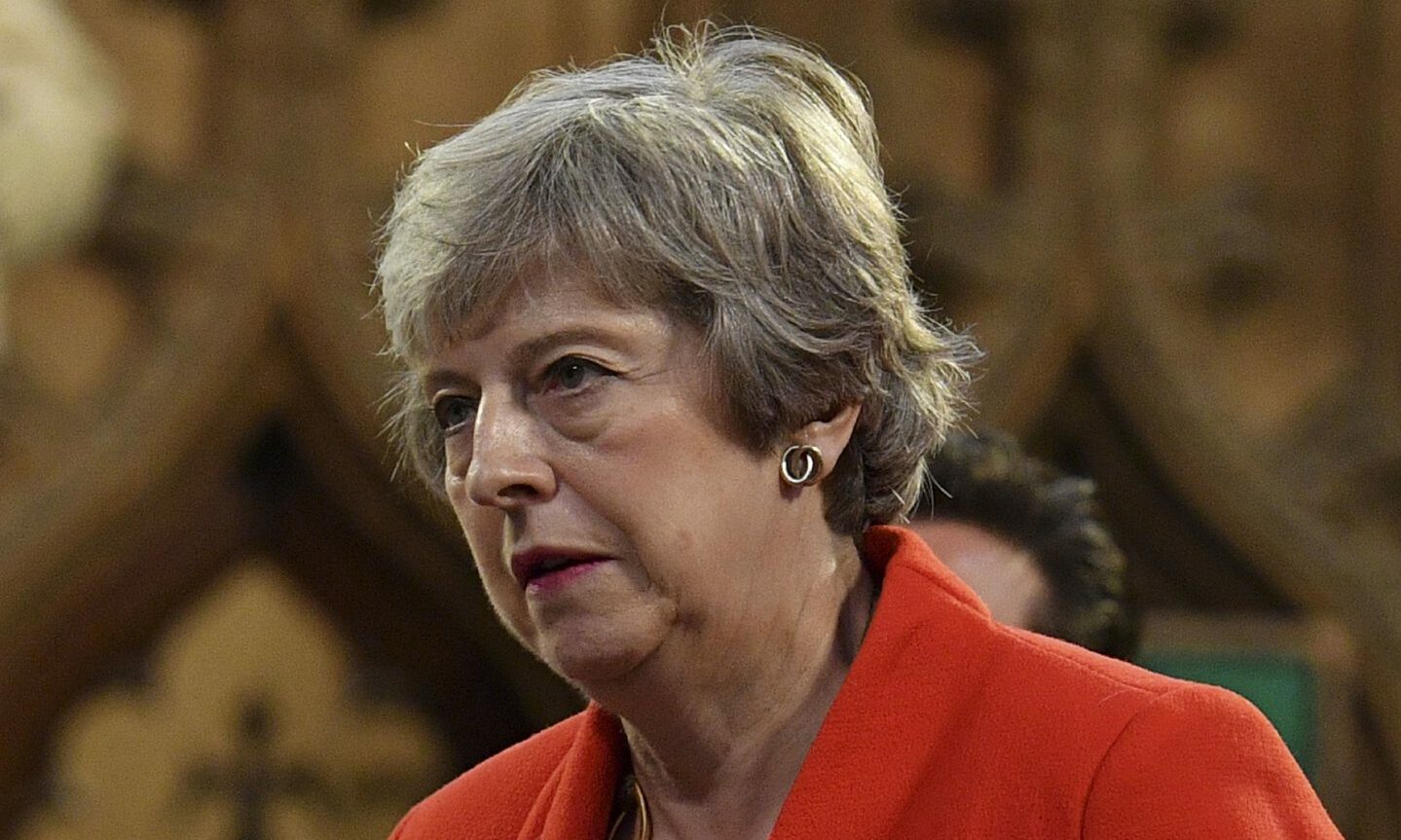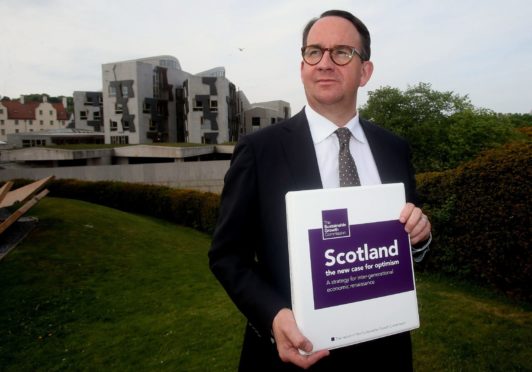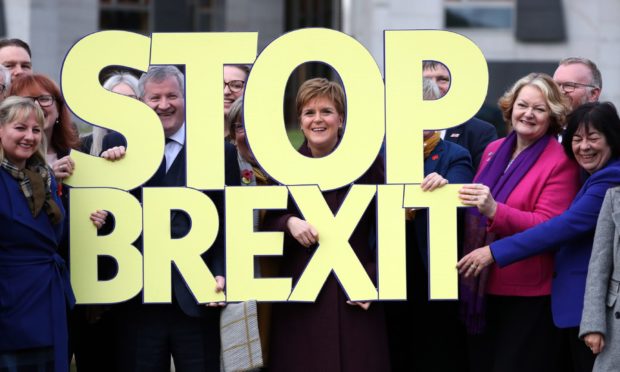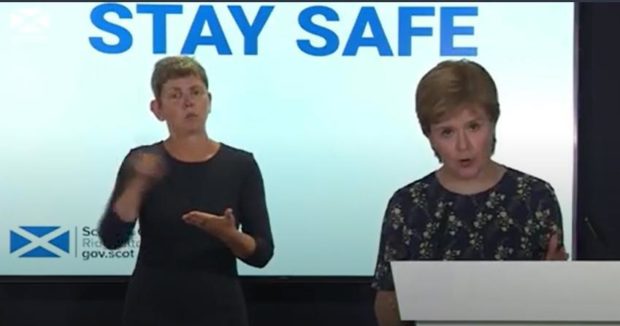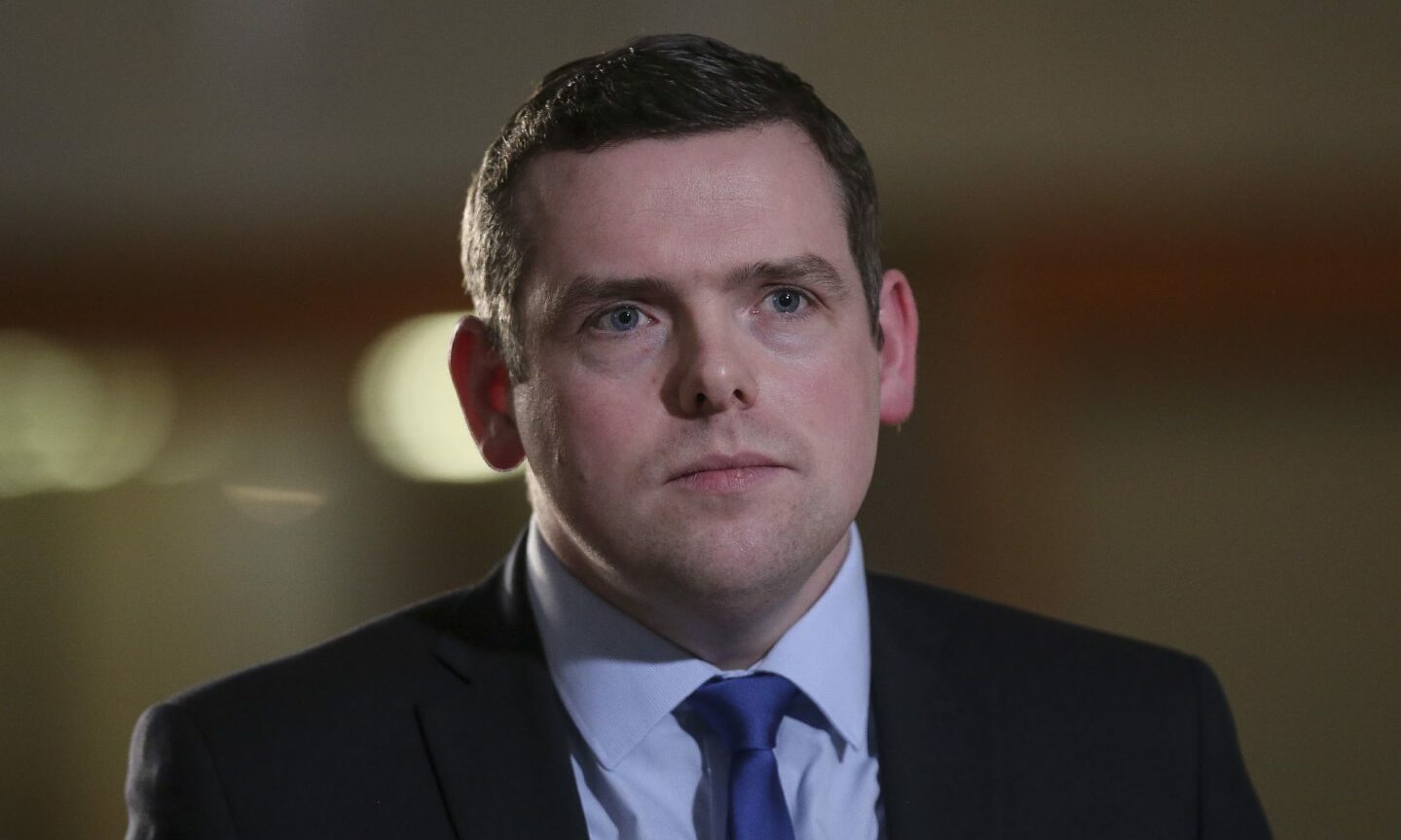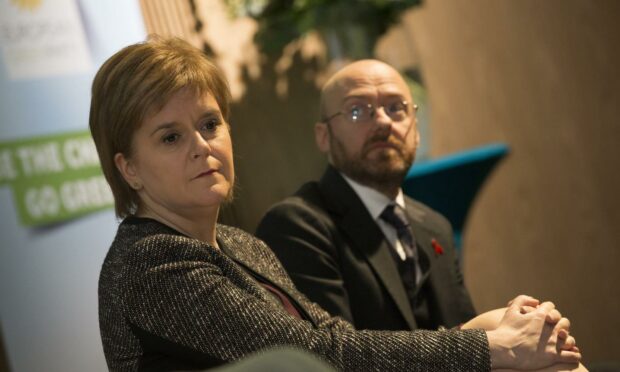After years of false dawns, SNP leader Nicola Sturgeon says she can set out another route map to independence with a vote on 19 October 2023.
The first minister’s latest plan, announced in Holyrood today, comes nearly eight years after Scotland rejected independence.
A second referendum was supposed to be “highly likely” after the Brexit vote in 2016.
But then, and every year since, the UK Government has stood firmly in the way. Could 2022 be seventh time lucky?
2016: Referendum ‘highly likely’
Two short years after the 2014 independence referendum, a re-energised first minister declared Brexit meant it was “highly likely” the country would head back to the polls.
Ms Sturgeon made the claim as soon as it was clear Scotland would be leaving the EU despite voting to stay – and said it could become a reality within two years.
At a press conference the morning after the Brexit vote, she said: “As things stand, Scotland faces the prospect of being taken out of the EU against her will. I regard that as democratically unacceptable.
“I think an independence referendum is now highly likely.”
Tory Scottish secretary David Mundell admitted a referendum could eventually take place.
Later that year the SNP leader launched a consultation for a draft bill to hold a ballot.
2017: ‘Now is not the time’
Determined to force Westminster’s hand, Ms Sturgeon formally announced at her official residence how she intended to hold a second referendum.
The first minister was trying to obtain a legal order, known as a Section 30, which served as the legal basis with the UK Government in the 2014 vote.
Her demands were brushed off by prime minister Theresa May.
The Tory leader told her nationalist rivals “now is not the time” because of Brexit negotiations.
The first minister then “reset” her plans to focus on securing a strong Brexit deal for Scotland after the SNP lost more than a dozen seats in Westminster.
2018: Austerity hits home
Ms Sturgeon continued to push for a referendum, but needed to call for patience from an enthusiastic support base.
In June 2018, the party published a major new report aimed at highlighting the possible economic benefits of leaving the UK.
The growth commission, authored by ex-SNP MSP Andrew Wilson, admitted major spending cuts could be a cost of going it alone.
Mr Wilson’s paper aimed to put out fresh ideas four years after the first referendum.
But it was condemned by unionists and criticised by some independence supporters over concerns it was a blueprint for major austerity for years to come.
2019: ‘Point of democracy’
Ms Sturgeon renewed her independence push in spring 2019 while the Tories were tearing themselves apart over Brexit.
This time, the first minister said she wanted to hold a second referendum in 2021.
She pinned her hopes for a fresh ballot on a general election which saw the SNP gain more than 10 seats.
New Tory leader Boris Johnson managed to secure a Westminster majority despite his unpopularity in Scotland.
Seizing on the latest electoral north-south split, Ms Sturgeon warned: “It’s a fundamental point of democracy, you cannot hold Scotland in the Union against its will.”
2020: Covid takes over
Holyrood voted in favour of holding a second referendum in January 2020 just as Britain officially departed from the EU. Could it finally be game on for nationalists?
This time, Ms Sturgeon’s hopes were dashed for an altogether different reason. Covid.
The pandemic meant referendum plans – publicly at least – were shelved while the tough work of a health crisis consumed the country.
2021: ‘Clear mandate’
Easing lockdown restrictions and a looming Holyrood election put independence back on the table.
The SNP failed to secure a majority in May 2021, but formed a pro-referendum bloc with the Greens at Holyrood.
Mr Johnson and Scottish Tory leader Douglas Ross continued to refuse claims there was a clear mandate.
It was described by the party as “self indulgence” when there was so much economic rebuilding to be done.
Building a New Scotland in 2022?
In June, Ms Sturgeon officially launched her latest independence campaign alongside Greens co-leader Patrick Harvie.
It was immediately blocked by the prime minister.
This time, instead of sticking to the call for a legal endorsement from Tories, the first minister did not rule out an appeal to the UK’s supreme court to force a referendum.
The first of the government’s new reports on how an independent Scotland might look was published on June 14.
More are promised in the months ahead.
In a major statement at Holyrood on June 28, Ms Sturgeon named the date – 19 October 2023.
But it is going to end up in the Supreme Court.
And if it still goes nowhere, the next election will be a single issue tussle over independence.
Has Ms Sturgeon finally found a route to a second referendum, or will the list of false dawns for supporters continue to grow?
7 big unanswered questions as Nicola Sturgeon launches new Scottish independence campaign
